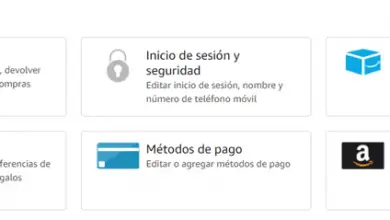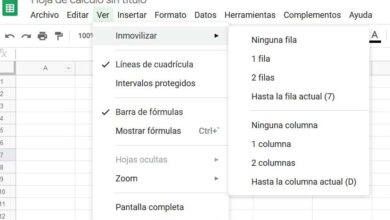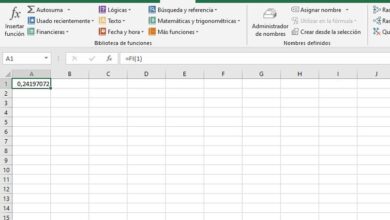How to type non-Latin characters without installing a language pack

Would you like to write in languages that use non-latin characters , but you don't know how? In this article, we'll show you what kind of keyboard your PC uses and whether or not it is necessary to activate a language pack for it. You will find that it is not as difficult as you might think. The first thing to take into account is to know to what keyboards are used for, what types exist and their functions for each key.
What keyboard does your computer use?
Most computers come with a built-in keyboard better known as a QWERTY keyboard. What type of keyboard is it? You will ask yourself the question. Well, we're going to walk you through a bit of what keyboard you normally use and what you can do to use it with non-Latin characters.
This keyboard bears its name (QWERTY) thanks to the first letters of the upper row that compose it. The way it is organized is because it is based on its predecessors, the typewriters.
Of course, all QWERTY keyboards are not identical, this type of keyboard has slightly different versions. Some have more keys than others because the letter Ñ is added, which is different in English. Or depending on your language, the position of the letters changes.
Despite the slight modifications that this type of keyboard may have, it does not contain any non-Latin characters. To be able to write with characters like Chinese, Japanese, Arabic , etc., you need to download a language pack. However, many prefer to look for another alternative and leave downloading these heavy packages as the last option.
You'll be happy to know that you don't need to download a language pack to use different characters on your PC. In this article, we will talk about a particular page that can help you with these types of languages. It's about role .
What is it and how is it used?

You might only need it to write a sentence or even to create a tweet in that language. If so, downloading a language pack would be totally unnecessary, which is why there is Lean.
It is a web page that gives you access to a variety of languages , including those composed of non-Latin characters. What is advantageous and attractive about this page is that you do not need to pay to take advantage of its services, because it is completely free.
This page is made up of two main categories. We can access languages that have Latin characters like French, Italian, English, etc. And the other category is of course the languages which include non-latin characters like Greek, Korean, Chinese and many more.
How can you use this page?

Well very simple just follow our steps and you will see that in no time you will be able to write whatever you want in the language you want.
Step 1
The first thing to do is go to the main page of the Spanish language , where you will be able to see a large number of languages. And as we mentioned before, they are divided into two categories.
Step 2
As you will not be using the Latin alphabet, you must select directly where it is written Other alphabets in order to be able to choose the language you are looking for.
Step 3
Since you have the language of your choice, you just have to choose the character that you wish. To do this, you need to press the virtual keyboard that will appear on the screen and the characters will automatically appear in the upper box.
Step 4
Once we have the text ready, just select it and click copy then paste it where you want to use it. Either in a document, a text, to make a tweet or to publish it on a social network. There you go, you can now use this page efficiently and write in the language you prefer.
If you want to have more options besides the Spanish page, we recommend using Google Translate . This platform is very easy to use. It doesn't have a virtual keyboard of the characters, but it does give you the option to draw them if you know how to do it.
Or you can just copy the text you want to translate and Google will translate it with the characters you can copy later. And with the text copied, use it for whatever you want.
On another note, we invite you to read the following article which explains how to easily configure the keyboard in Windows 10.




